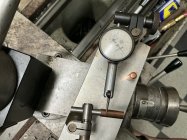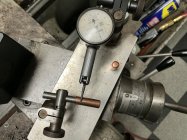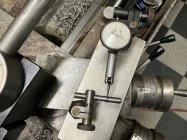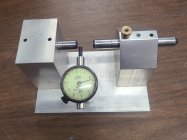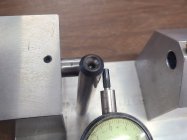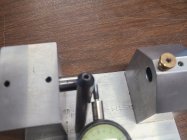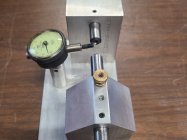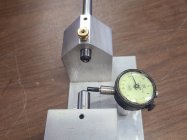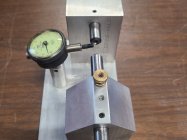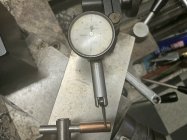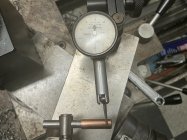JoeDuke
Gold $$ Contributor
Thanks George. Can you tell us or show us how you use it? What are you measuring and how do you change it if it is not right?Jackie, no not the Juenke machine. I wasted to much time trying to figure out what it actually was measuring.
I measured jackets, seated cores, pointed bullets and couldn't ever establish what I was getting. I gave up after checking jacket then seating a core then pointing up getting the deviation through the process and then holding the bullet tight in hand to warm it and getting different numbers from when it was cold. that was enough for me. I'm talking about mechanical spinners with female centers and an indicator this what I use to seat cores










